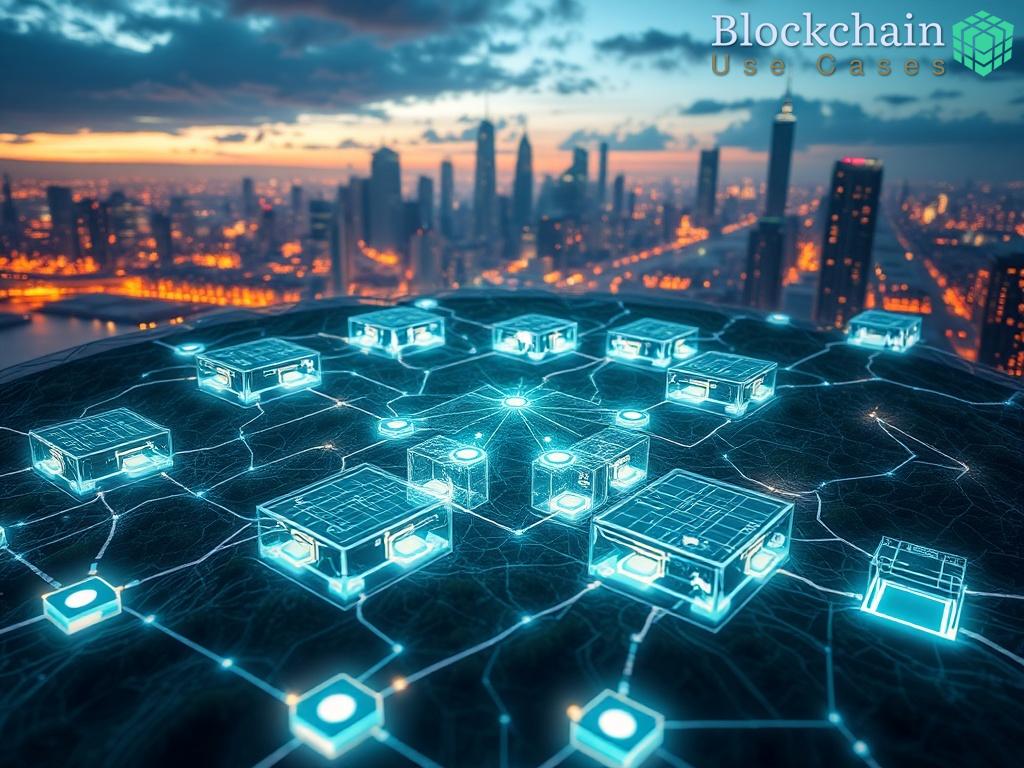Innovative Platforms Reshaping Governance
The landscape of public service delivery is on the verge of a transformational shift with the advent of decentralized platforms. These innovative systems leverage blockchain technology and peer-to-peer networks to facilitate the exchange of government services directly between citizens. This model not only enhances accessibility but also promotes transparency and accountability in how services are rendered.
By utilizing decentralized platforms, citizens can engage in transactions without the need for intermediaries, thus streamlining processes and reducing costs. The implications for public governance are profound, as these systems allow for real-time interactions and feedback, creating a more responsive and engaged citizenry.
Key Features of Decentralized Platforms
Decentralized platforms for peer-to-peer government service exchange come equipped with several key features that distinguish them from traditional models. Below is a brief overview of these features:
- Transparency: Every transaction is recorded on the blockchain, ensuring that all parties have access to the same information.
- Security: Decentralization reduces the risks associated with data breaches and fraud, as there is no central point of failure.
- Accessibility: Citizens can access services anytime and anywhere, removing geographical and temporal barriers.
- Cost Efficiency: By eliminating intermediaries, costs associated with service delivery can be significantly reduced.
- Community Engagement: Citizens can directly participate in service design and delivery, fostering a collaborative governance model.
A Comparative Analysis of Traditional vs. Decentralized Service Models
To fully understand the impact of decentralized platforms, it’s essential to compare them with traditional service delivery models. The table below outlines the differences:
| Feature | Traditional Model | Decentralized Model |
|---|---|---|
| Intermediaries | Required for transaction processing | Direct transactions between users |
| Data Control | Centralized control by government | Distributed control among users |
| Cost | Higher due to administrative fees | Lower, as intermediaries are eliminated |
| Time Efficiency | Often slow due to bureaucratic processes | Rapid, with real-time processing |
| Accountability | Limited visibility into operations | High visibility through blockchain records |


















